Termites are small, pale soft-bodied insects that are often mistaken for ants, which they superficially resemble. They thrive on cellulose, primarily found in wood, making them notorious for damaging buildings, crops, and forest trees. They live in highly organized colonies that can range from a few hundred to several million individuals, which work together in a social order to maintain the colony's survival.
One of the most remarkable aspects of termite biology is the extraordinarily long lifespan of the queens. In some species, queens can live for decades, much longer than the average lifespan of most insects. The queen's primary role is to lay eggs—sometimes thousands per day—to ensure the continual growth and survival of the colony. In some species, such as the African mound-building termites, a queen can lay up to 30,000 eggs per day, and her presence is vital for the colony's social structure and functionality.
They are also incredible architects. Some species construct towering mounds that can reach over 10 feet. These structures are not just random piles of soil; they are intricately designed with a complex network of tunnels and chambers that provide ventilation, temperature control, and defense against predators.
Common Nuisance Species In Tennessee
There are over 2,000 known species of termites, only 45 of which are found in Tennessee. The following are several of the most common species found near Loudon County and the surrounding areas.
- The Eastern Subterranean species is the most prevalent in Tennessee and the United States as a whole. They build their colonies underground and are particularly attracted to moist environments, making homes with wood in contact with the soil or with moisture problems prime targets.
- Unlike their subterranean counterparts, drywood do not require contact with the soil or a moisture source. They are capable of infesting dry wood structures such as attic framings and can cause significant damage over time without obvious signs of moisture.
- As their name suggests, the type called dampwoods prefer wood with a high moisture content and are less common in urban areas. They typically infest decaying wood in contact with the ground or structures with plumbing issues.
Termites Are Known For Causing Extensive Damage
Termites are notorious for their ability to compromise the structural integrity of homes. These pests feed on cellulose, which is abundant in wood, drywall, and even some types of insulation. As termites consume these materials, they can weaken the structural components of a building, including support beams, flooring, and walls. Over time, this can lead to sagging floors, cracked walls, and in severe cases, the collapse of portions of the structure. The stealthy nature of termites means they can cause extensive damage before homeowners are even aware of their presence.
One of the worst aspects of termite damage is its ability to remain hidden for long periods. Termites often eat away at the wooden structures inside walls, floors, and ceilings, leaving the outer surfaces intact. This hidden damage is hard to detect without professional inspections, making early intervention difficult. By the time homeowners notice signs of an infestation, such as mud tubes on exterior walls or hollow-sounding wood, significant damage may already have occurred.
Repairing termite damage can be exceedingly costly, particularly if the infestation is extensive and has been ongoing for a while. Structural repairs may involve replacing beams, joists, and even entire sections of flooring or walls. In severe cases, the restoration of a home's structural integrity can run into tens of thousands of dollars, not including the potential need for temporary relocation.
They'll Damage More Than Your Home Itself
Beyond structural damage, they can also destroy furniture, books, and other personal belongings that contain cellulose. Antique furniture and heirlooms can be particularly vulnerable, leading to significant emotional and financial loss. Replacing these items, especially those of sentimental value, can be costly and sometimes impossible.
Their damage can extend beyond wood and furnishings. They are known to chew through covering materials of electrical wires and plumbing, which can lead to short circuits, increasing the risk of fire, or water leaks that can cause further damage to a structure.
Don't let termites turn your home into their feast. At Dead End Exterminating, we specialize in stopping them in their tracks, ensuring your property remains stable and sound. Our experienced team uses the latest technology and strategy to eliminate infestations and prevent future problems. Don’t wait for the damage to become visible; contact us today to protect your investment.
Frequently Asked Termite Questions
Q1: Do termites have a favorite type of wood they like to eat?
A1: Yes, they do have preferences when it comes to their wood dining options. They generally prefer softer woods like pine, but interestingly, they are less fond of harder woods like redwood, cedar, and cypress, which contain natural resins and oils that act as repellents.
Q2: Are termites and ants natural enemies?
A2: Indeed, they are often found in conflict. Ants are known predators of termites. In the wild, ant species such as the aggressive army ants are notorious for attacking colonies, breaking into their nests, and feeding on the termites.
Q3: Can termites be used in traditional medicine?
A3: Surprisingly, they have been used in various traditional medicine practices around the world. In some cultures, the mounds are mined for their soil, which is believed to have medicinal properties and is used in treatments for illnesses like indigestion and as a supplement for minerals.
All Rights Reserved | Dead End Exterminating

